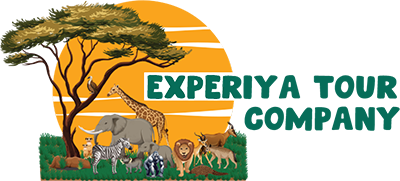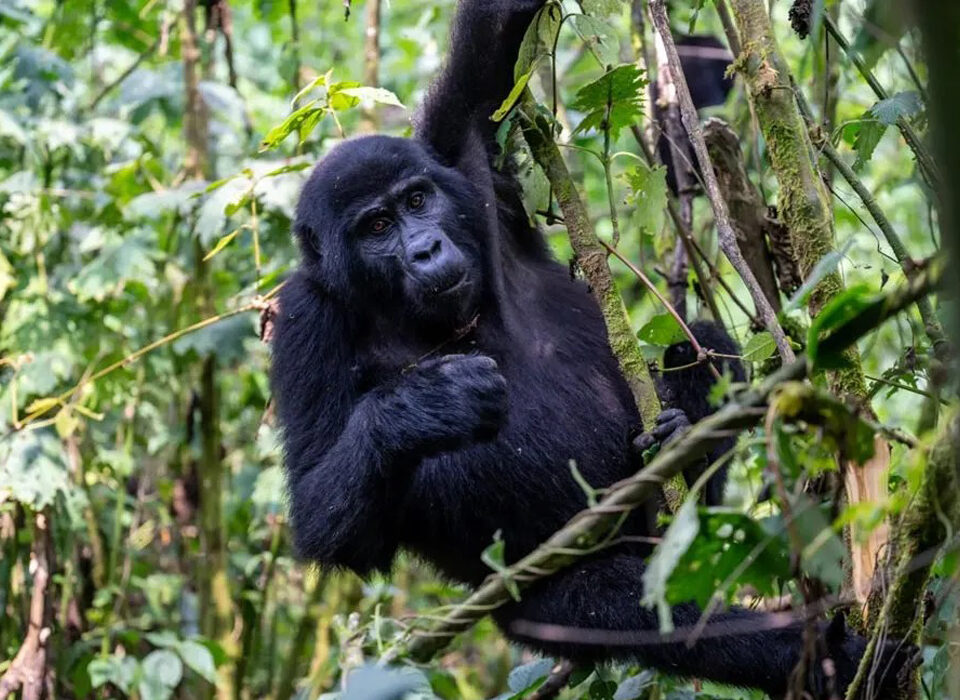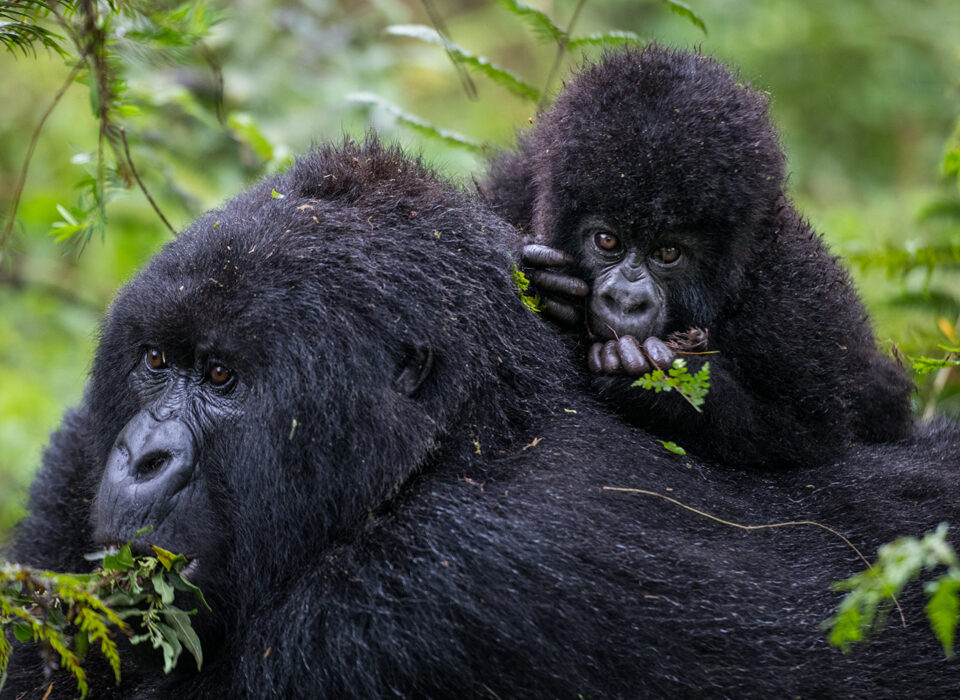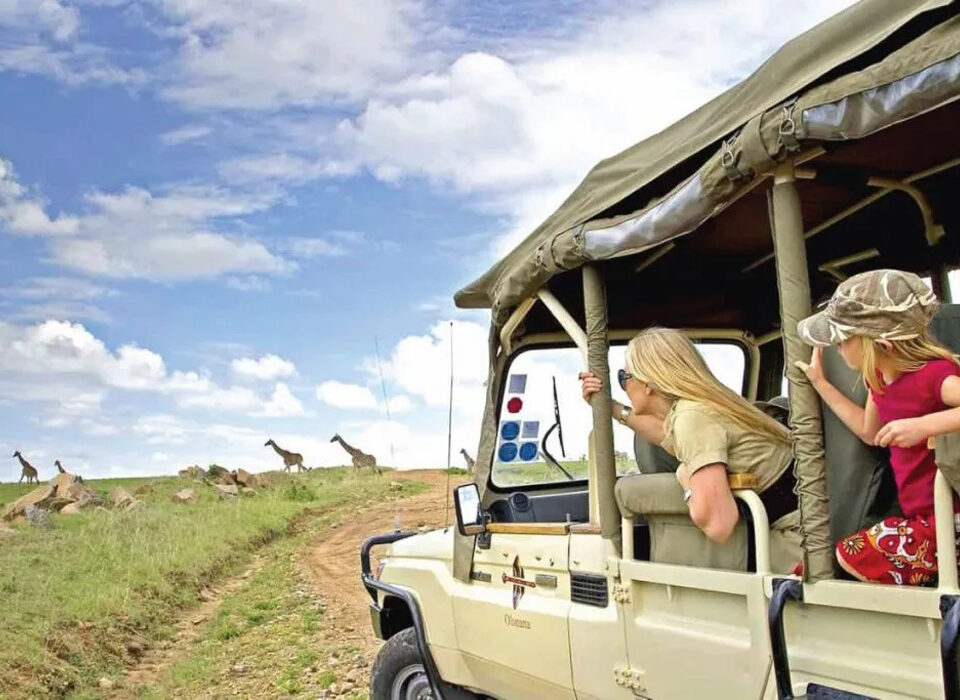- GET IN TOUCH WITH US:
- +256 753518160
- +256 777842166
- info@experiyatourcompany.com

Gorilla Trekking During the Rainy Season?
September 30, 2025
Discover the Beautiful Crater Lakes in Uganda
September 30, 2025What Makes Mountain Gorilla Trekking Unique
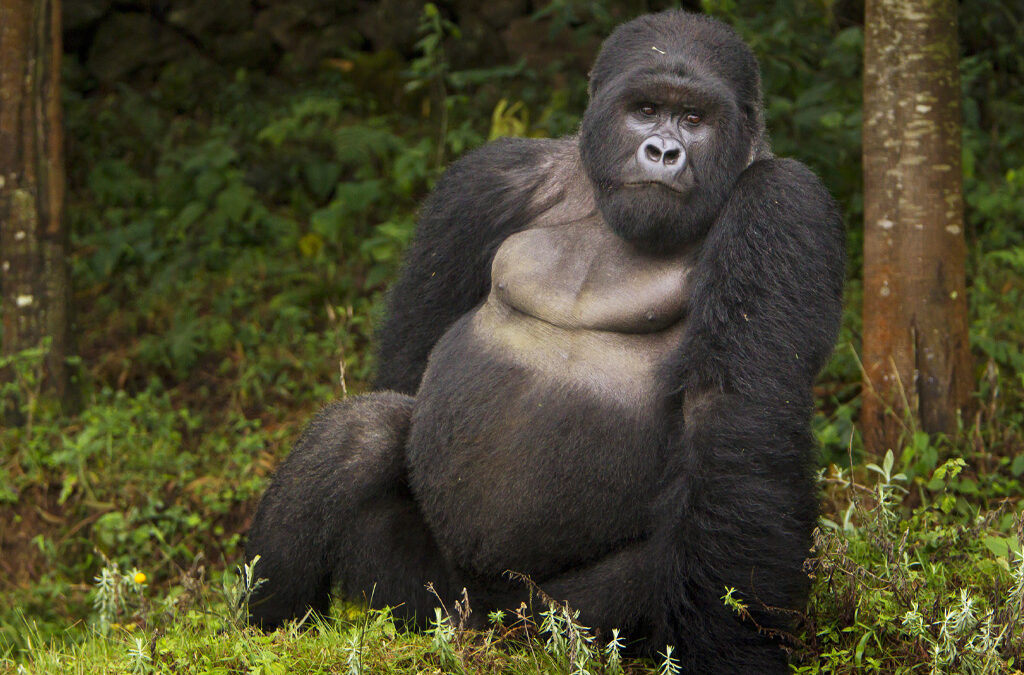
Mountain gorilla trekking is one of Africa’s most remarkable and sought-after wildlife experiences. This unforgettable adventure takes place in Uganda, Rwanda, and the Democratic Republic of Congo (DRC), where trekkers hike through dense forests in search of critically endangered mountain gorillas. Unlike any other wildlife encounter, gorilla trekking combines physical adventure, discovery, and intimate moments with one of the world’s most iconic species. It excites, challenges, and leaves a lasting impression on everyone who experiences it.
Every trekker’s experience is slightly different, yet certain aspects make mountain gorilla trekking genuinely unique. From the forest hike to the one-hour encounter with the gorillas, each stage of the adventure inspires awe and wonder.
The Trek Through the Forest
The trek itself defines the mountain gorilla experience. Gorillas live in high-altitude forests, which are steep, rugged, and densely vegetated. To find them, visitors hike trails that wind through towering trees, thick undergrowth, and sometimes muddy, slippery paths. These hikes engage the body and the mind, as trekkers immerse themselves in the forest ecosystem.
Every forest, whether Bwindi Impenetrable National Park or Volcanoes National Park, has a unique structure and flora. As you navigate the terrain, you encounter different tree species, vines, and natural formations that reveal the richness of the forest. The uphill and uneven terrain challenges you, but the anticipation of meeting a gorilla family at the summit makes the journey thrilling and rewarding.
The One-Hour Gorilla Encounter
Finding the gorillas marks the highlight of the trek. Once you locate a gorilla family, you spend one hour in their presence under strict park guidelines. This hour often feels magical and life-changing. You can observe their behavior, watch how family members interact, and capture photographs of these magnificent primates.
The experience is more than photography or observation; it is about connection. Being close to such intelligent and gentle creatures allows you to appreciate their social dynamics, curiosity, and ability to express emotion. Many trekkers report a profound sense of humility and awe, realizing how rare and precious this encounter truly is.
Trekking in a Group
Gorilla trekking usually occurs in small groups of eight. This group dynamic adds another layer of uniqueness. Trekking alongside other nature enthusiasts creates shared excitement, storytelling, and encouragement, especially during challenging sections. Each person brings energy, curiosity, and perspective, transforming the trek into a shared adventure filled with camaraderie and unforgettable memories.
Exploring the Forest
Trekking offers more than gorilla sightings; it allows you to explore the forest and its diverse ecosystem. Experienced rangers provide commentary about the forest’s history, flora, and fauna. You learn about medicinal plants, ecological relationships, and conservation efforts. This combination of adventure and education creates a holistic experience that appeals to both thrill-seekers and nature lovers.
Sighting Other Wildlife
While gorillas are the main attraction, the forest hosts a wide variety of wildlife. You might spot colobus monkeys, baboons, golden monkeys, and numerous bird species, along with smaller mammals. These encounters add surprise and discovery to the trek, reminding you that the forest is a living, breathing ecosystem. Every trek offers chances to see rare and fascinating creatures, making the journey even more rewarding.
Scenic Views of the Surroundings
Mountain gorillas live at high altitudes, so trekking often provides stunning panoramic views of mountains, valleys, and occasionally distant lakes. These vistas give trekkers perfect moments for reflection and photography. The landscape’s grandeur complements the wildlife experience, creating lasting impressions of both nature and adventure.
Additional Activities
For those who want to extend the adventure, gorilla trekking can be combined with other activities in and around the national parks. Options include community visits, bird watching, nature walks, and cultural experiences with local communities. These activities broaden your understanding of the region, allowing you to explore biodiversity, history, and culture in a single trip.
Where to Go Gorilla Trekking
Mountain gorillas live primarily in Uganda, Rwanda, and the DRC. In Uganda, Bwindi Impenetrable National Park and Mgahinga Gorilla National Park provide accessible trekking experiences, with Bwindi housing the world’s largest population of mountain gorillas. Rwanda’s Volcanoes National Park is equally renowned, offering well-organized tours and excellent ranger support. In the DRC, Virunga National Park and Kahuzi-Biega National Park host both mountain and lowland gorillas, though these locations see fewer visitors due to accessibility challenges.
Gorilla Trekking Permits
The permit system is another unique aspect of gorilla trekking. It limits visitor numbers and ensures protection for these endangered animals. As of 2025, permits cost approximately $800 USD per person in Uganda, $1,500 USD in Rwanda, and $400 USD in the DRC. Fees contribute directly to conservation and local community development, making the experience responsible as well as thrilling.
The Allure of Mountain Gorilla Trekking
Mountain gorilla trekking is unlike any other wildlife experience. It combines physical challenge, intellectual curiosity, and emotional connection. The demanding forest trek, the excitement of spotting gorillas, and the serene moments spent observing them in their natural habitat all inspire wonder. Shared experiences with fellow trekkers, exploration of diverse ecosystems, and contributions to conservation make gorilla trekking one of Africa’s most remarkable adventures.
Ultimately, mountain gorilla trekking is an extraordinary blend of adventure, discovery, and connection. It challenges the body, engages the mind, and touches the heart. For anyone seeking a once-in-a-lifetime wildlife experience, trekking through the forests of Uganda, Rwanda, or the DRC to see mountain gorillas is an unparalleled journey into the wild.
